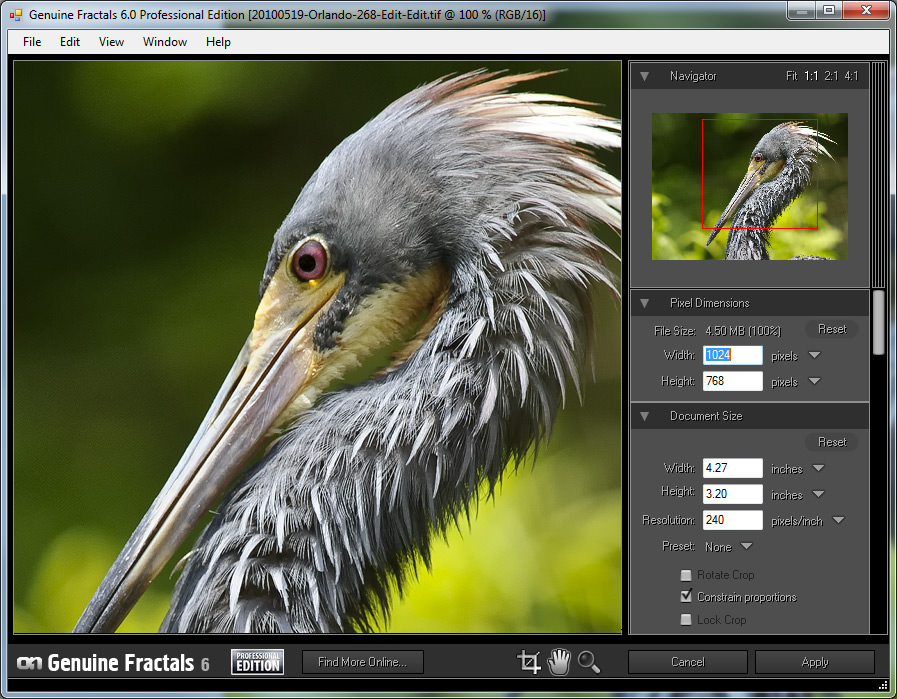


The next AI-powered camera feature is Face Unblur. This works with new images, as well as images from the past, as well as those captured in third-party camera apps. But, unlike the Healing Brush tool we’re used to seeing in Adobe Photoshop and other post-production programs, Magic Eraser takes it a step further by automatically detecting what it deems as distracting elements and suggesting them to users for removal.Įven if it doesn’t automatically detect an element you want to remove, you can simply tap on the unwanted element and Magic Eraser will get rid of it, filling in the space using AI-powered fill technology.

As the name suggests, this tool is a way to remove unwanted elements of an image, such as a person in the background or a distracting sign in the foreground. Google has also added an expansive array of AI-powered photo features, aided by the custom Tensor chipset inside the Pixel 6 and Pixel 6 Pro devices.

It also offers 240 frames per second recording at 1080p.Īs we’ve come to expect from Google, the camera hardware is only a small part of the equation. While this particular design might make for a larger camera ‘bump’ than most other smartphones, it should also prevent the Pixel 6 and Pixel 6 Pro devices from wobbling on a table when you set it down, as is the case with most other flagship devices with larger camera arrays.įor video, the Pixel 6 and 6 Pro can capture HDR video at up to 4K60p using its HDRnet technology to pull the most dynamic range possible from the sensors. These camera modules are housed inside what Google refers to as the ‘camera bar,’ a large black protrusion that spans the width of the rear of both smartphones. The 4x telephoto camera module, which is exclusive to the larger Pixel 6 Pro, uses a 48MP 1/2” image sensor (0.8µm pixels) and offers a 104mm full-frame equiv. The ultrawide camera module inside both devices features a 12MP sensor (1.25µm pixels) and offers a 114-degree field of view with an F2.2 aperture. The wide camera module inside both devices uses a 50MP 1/1.31” sensor (1.2µm pixels) and offers a 26mm full-frame equivalent focal length with an F1.85 aperture. In addition to a new custom-chipset and other hardware improvements, Google has added an array of AI-powered photo features that make the most of the two- and three-camera systems inside the Google Pixel 6 and Pixel 6 Pro, respectively.īefore getting into the new photo features though, let’s take a look at the camera hardware inside the Pixel 6 and Pixel 6 Pro. Today, Google unveiled its new Pixel 6 and Pixel 6 Pro smartphones.


 0 kommentar(er)
0 kommentar(er)
